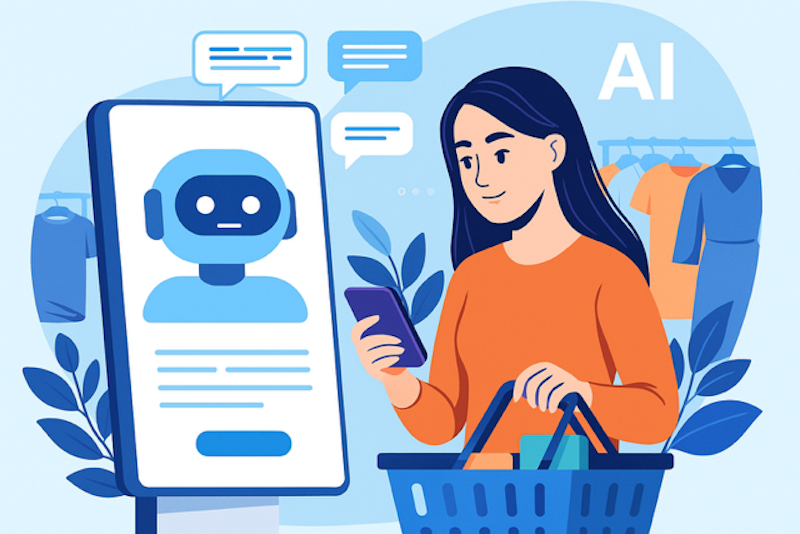Having the best of all retail worlds with mobile shopping apps
By Samuel Mueller, CEO, Scandit
The smartphone is a nearly omnipresent feature in the lives of consumers. However, as a recent survey we conducted among consumers in the UK, Germany and the US found, when it comes to using mobile devices while shopping in-store, it is not used as widely as you might think.
Almost 44% of the consumers we spoke to in the UK were unaware that they could use their smartphone to scan barcodes on items in order to perform shopping tasks, such as self-checkout, digital shopping assistants and sales searching. Instead, survey results show the most popular features for use during in-store shopping by UK consumers are accessing coupons (30% of UK survey respondents) and reading customer reviews (24%).
Given that bricks and mortar retailers are engaged in an almighty battle for the hearts and wallets of today’s discerning multi-channel consumers, it will be heartening to know that UK consumers have certainly not lost faith with physical stores. 73.5% of UK survey respondents felt positive or very positive about traditional retailers. However, bricks and mortar retailers often struggle to integrate mobile shopping apps that provide the information, inventory and ease of digital shopping into their infrastructure.
Fortunately, integrating mobile shopping app functionality is being made easier. Retailers can offer digital features to in-store customers from their mobile websites without even creating a dedicated app, while new barcode scanning solutions make it possible to create mobile shopping apps without disrupting existing enterprise software. The barriers to augmenting the in-store shopping experience with popular and effective digital elements have never been lower, nor have the costs to initiate and maintain these programs.
It is also clear that many customers are already using smart devices to access bricks and mortar retailers’ mobile websites to get information. These are ideal places to begin offering and promoting mobile shopping apps and browser-based barcode scanning that add digital features to the in-store shopping experience.
Online retail giant Amazon is already having success offering a digitally integrated ‘Store of the Future’ shopping experience in its bricks and mortar Amazon Books chain. It is worth looking at the Amazon example in order to work out how best to develop solutions and processes that blend the digital and physical shopping experience most effectively. The company has found a way to boost customer satisfaction and loyalty, while also streamlining operations and reducing costs.
To maximise the effectiveness of their connected store efforts, bricks and mortar retailers should utilise smartphone apps that incorporate advanced data capture and AR technology solutions. This means that customers can point their smartphone camera at a variety of items on the shelf and seamlessly interact with all products in the viewfinder, using scanning and/or object recognition.
This provides shoppers with omnichannel customer services such as at-a-glance access to product content information and availability, personalised deals, and instant mobile self-checkout. Allowing the recognition of multiple objects at once with a single scan and then overlaying a continuous stream of real-time augmented reality (AR) information further expands the seamless customer experience.
What is important to remember is that bricks and mortar stores have one distinct advantage over e-commerce websites – the ability to immediately offer a physical product to the consumer. As stated in a VDC Research report ‘Reengineer, Restructure, and Revamp Retail with Mobile Data Capture Technology’: “The ultimate goal is to bring the efficiencies and experiences associated with e-commerce to physical in-store environments, which also comes by way of positioning the store as a showroom or fulfilment centre.”
The fact is that if bricks and mortar retailers can integrate the best of the digital experience in-store with mobile shopping apps; they have a great opportunity to mitigate sales abandonment, create sustainable sales and profits, build customer loyalty, and increase overall customer satisfaction.










Continue reading…